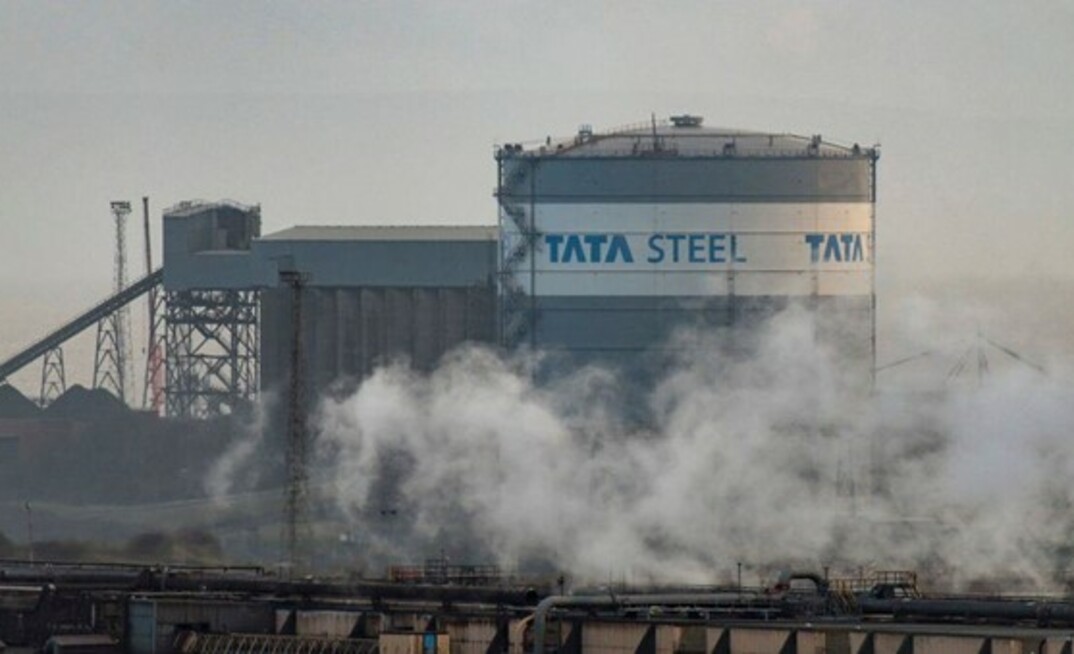Tata Steel margin resilience underpins equity rerating
TATASTEEL.NS margins held despite softer HRC; India EBITDA rose 25% to ₹86.5b while Europe turned positive. Watch HRC–rebar spreads, ore costs, and infra demand for FY26 cash flow. Peers JSTL.NS, JINDALSTEL.NS set the performance bar.

India’s Tata Steel delivered a decisive earnings beat that clarifies where the cycle stands for Asian steel. Consolidated net profit rose to ₹31.02 billion in the September quarter from ₹8.33 billion a year earlier, while revenue increased 9% to ₹586.89 billion. The core of the story is mix and scale: India operations’ EBITDA expanded 25% to ₹86.54 billion even as domestic flat steel prices slipped mid-single digits quarter on quarter. With the government maintaining 11–12% import tariffs on select products, domestic volumes stayed firm on manufacturing PMI expansion and infrastructure drawdown, supporting spreads despite softer benchmarks.
Mechanically, three levers did the work. First, tax expense fell to ₹10.39 billion from ₹14.05 billion, magnifying flow-through to earnings. Second, European exposure turned from a drag to a contributor with Netherlands EBITDA at €92 million versus €22 million, reflecting better product mix and energy normalization. Third, India value-added volumes rose faster than longs, cushioning the margin impact of weaker hot-rolled coil reference prices. The result: operating cash generation stayed resilient, easing consolidated net leverage and preserving capex flexibility across Kalinganagar, downstream tubes, and service centers.
Macro and sector read-throughs are constructive but nuanced. India’s apparent steel consumption has been tracking high-single-digit growth year to date, anchored by public capex and autos, while Chinese export pressure has moderated but not vanished. With India’s 10-year yield hovering near the mid-7% area and the rupee stable, domestic financing costs are not a destabilizer. However, global steel spreads remain sensitive to iron ore and coking coal, and to U.S./EU trade frictions that can redirect volumes into Asia. For peers, JSW Steel and Jindal Steel have outperformed in the last quarter on beta to pricing and volume growth; the divergence underscores that equity performance is now about portfolio positioning and European exposure quality, not just India capacity.
Markets reacted with restraint as the shares were already up 6% in the quarter versus 12–13% for peers. That underperformance suggests investors are discounting higher European transition costs and capex phasing. Yet the improvement in Netherlands profitability and steady India spreads argue consensus is too conservative on FY26 EBITDA conversion if domestic demand holds a 7–8% growth corridor and export diversion from China stays contained. On valuation, TATASTEEL.NS trades at a discount to JSW on EV/EBITDA, justified by Europe uncertainty but potentially too wide if Europe remains EBITDA positive and India downstream ramps.
Forward risks center on raw material volatility and policy. A reversal of import tariffs or a sharp iron-ore rally could compress margins quickly. Conversely, if India’s infrastructure execution sustains double-digit nominal growth and automotive steel mix deepens, price realization can offset commodity creep. Into the March quarter, watch India HRC-rebar spreads, domestic auto production growth, and Netherlands blast-furnace utilization.
If HRC-rebar spreads hold above ₹8,000/ton, India EBITDA/ton should remain robust. A stable rupee and flat EU carbon costs would add upside asymmetry. The signal from this print is institutional: diversified footprint, improved Europe unit economics, and tax normalization have shifted earnings quality higher, reducing downside convexity through the next pricing wobble.





